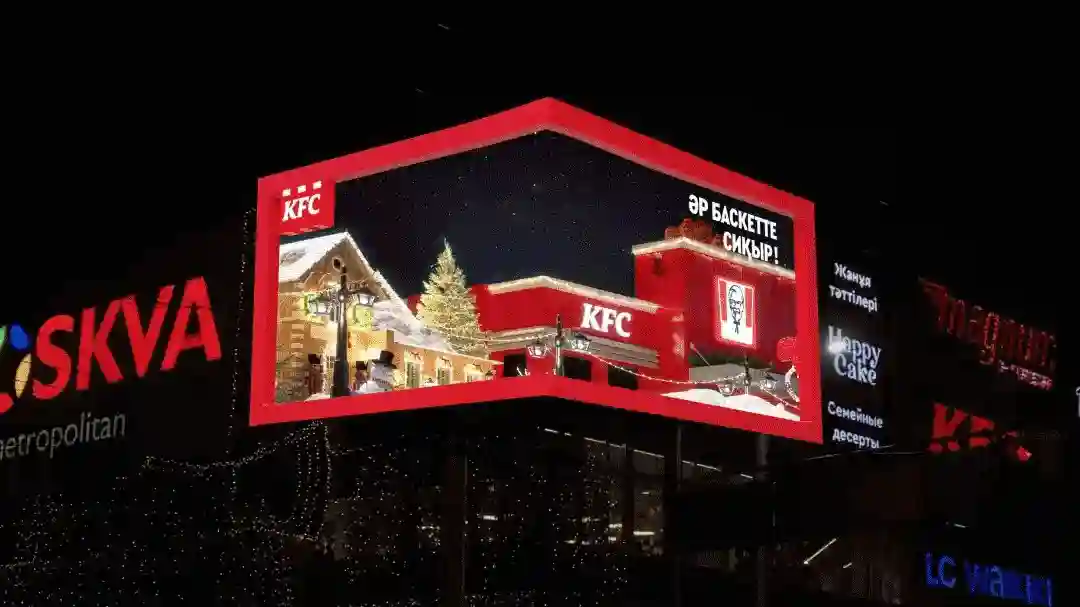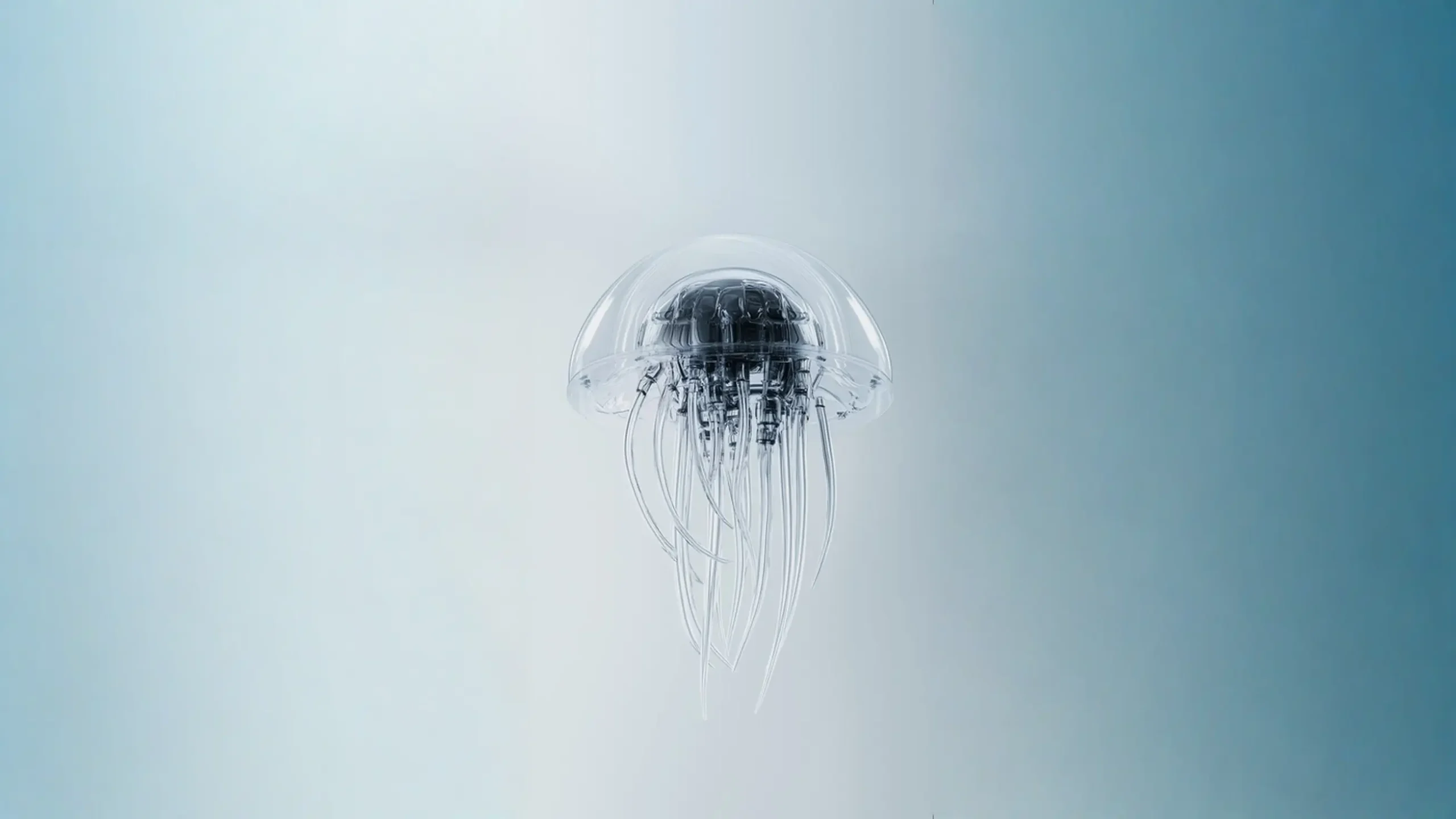CG and VFX Glossary: A Complete Guide to All Terms in Simple Words
Complete CG/VFX Glossary: Pipeline, Modeling, Rendering & DOOH
This glossary explains everything — from basic terms like “shot” and “artifact” to advanced concepts like PBR, rendering, and compositing. Use the navigation below to quickly jump to the section you need:
1) Production and Pipeline (How the work flows)
Pipeline — the project roadmap:
brief → references/concept → styleframe/Key Visual → animatic/previs → modeling → textures/materials (lookdev) → rig/animation → simulations → rendering → compositing → color/mastering → deliverables.
Key steps:
- Brief — goal, audience, platforms, deadline, budget, references.
- References — visual examples of “we want it like this.”
- Storyboard — a sequence of sketches or frames that outline key scenes and the flow of the video. It helps align the concept, pacing, and visual style before animation or filming begins.
- Styleframe / Key Visual (KV) — reference frame showing the final look.
- Animatic — draft animation without details to approve timing and editing.
- Previs — technical preview for complex scenes or camera moves.
- LookDev — setting up materials, lighting, and style.
- Deliverables — final files for different platforms.
Additional terms:
- Frame — a single still image in a video. At 25 fps, there are 25 frames in one second.
- Shot — a continuous sequence recorded without cuts.
- Scene — a collection of shots tied to one location or action.
- Artifact — a visual defect such as noise, jagged edges, simulation glitches, or compression errors.
Milestones — key checkpoints for approvals.
Change Request — adjustments after approval (affecting budget and timeline).
QC (Quality Control) — final review before delivery.
2) Modeling and Geometry (Building the shape)
- Polygon — the basic “brick” of a 3D model. More polygons = more detail, but heavier for rendering.
- Modeling — creating shapes in 3D.
- Topology — structure of the polygon mesh.
- Retopology — optimizing the mesh for animation and rendering.
- Subdivision (SubD) — smoothing geometry for added detail.
- Normals — polygon orientation that affects light and shadows.
- UV Unwrap — 2D “map” of the model for applying textures.
- Baking — transferring small details into texture maps for faster rendering.
- LOD (Level of Detail) — simplified versions of a model for performance optimization.
- Photogrammetry / LiDAR — building 3D models from photos or laser scans.
- Kitbashing — creating a model from ready-made assets.
3) Materials, Textures, and Lighting (How it shines and looks)
PBR (Physically Based Rendering) — technology for realistic materials.
- BaseColor/Albedo — the flat base color without reflections.
- Roughness — surface matte level.
- Metallic — metallic or non-metal surface property.
- Normal — small surface bumps.
- Displacement — larger surface bumps with real geometry changes.
- Opacity — transparency level.
- AO (Ambient Occlusion) — contact shadows where surfaces meet.
- Shader — how a surface interacts with light.
- SSS (Subsurface Scattering) — subsurface lighting effect (skin, wax, marble).
- IOR (Index of Refraction) — refraction value (glass, water).
- Anisotropy / Clearcoat — radial reflections and an extra “lacquer” layer.
- HDRI — panoramic lighting environment for realistic light and reflections.
- IBL (Image-Based Lighting) — lighting a scene with an image.
- GI (Global Illumination) — realistic light bounces for depth.
- IES / Photometric Lights — lights with real photometric profiles.
4) Animation and Rigging (Making things move)
- MoCap (Motion Capture) — capturing an actor’s motion for applying to a digital character.
- Rig — the “skeleton” of a model for animation control.
- Skinning — binding the geometry to the rig.
- IK / FK — two ways of controlling limb movement.
- Blendshape / Morph Target — facial expressions and deformations.
- Keyframe — anchor points of an animation.
- Graph Editor / Tangents — curve controls for smooth or dynamic motion.
- Timing / Spacing — rhythm and pacing of animation.
- Retargeting — adapting motion capture to a specific rig.
FX (Effects) — a general term for visual and animation effects in production.
5) Simulations and Dynamics (Cloth, smoke, water, destruction)
- Simulation — automatic physics calculation for fabrics, liquids, smoke, and more.
- Cloth / Hair / Fur — fabric, hair, and fur dynamics.
- Particles — rain, dust, sparks, snow.
- Fluid / FLIP — realistic fluid simulations.
- Pyro / Smoke — fire, smoke, and explosions.
- RBD (Rigid Body Dynamics) — destruction and object collisions.
- VDB / Volumes — volumetric effects like clouds or fog.
- Constraints / Colliders — physics rules and obstacles.
- Caching — saving computed simulations to speed up playback and rendering.
6) Rendering, Passes, and Formats (How we get the image)
- Render Engine — the rendering engine (Octane, Redshift, Arnold, V-Ray, etc.).
- Samples / Noise — more samples mean cleaner images but longer render times.
- Denoiser — removes noise while keeping quality.
AOVs / Render Passes
- Diffuse, Specular, Reflection/Refraction, Emission, Shadow, Z-Depth, Normals, Light Groups, Cryptomatte.
Passes allow tweaking shadows, highlights, and colors without re-rendering the whole scene.
7) Compositing and Color (Final assembly)
- CG (Computer Graphics) — a general term for all computer-generated content.
- CGI (Computer Generated Imagery) — the final computer-generated image or animation.
- Compositing — combining all layers into the final frame.
- Keying / Chroma — removing a green screen.
- Roto / Garbage Matte — manually masking elements.
- Tracking / Matchmove — attaching 3D objects to live-action camera motion.
- Projection / 2.5D — adding depth to flat images.
- Grain / Sharpen / Bloom — final visual polish effects.
8) Shooting and On-set (How to shoot for post)
- SFX (Special Effects) — practical effects on set: pyrotechnics, rain, fog machines.
- VFX (Visual Effects) — digital effects added in post-production.
- Plate — the raw, unedited shot.
- Clean Plate — the same shot with actors or objects removed.
- Gray/Chrome Ball — spheres used for lighting and reflection reference.
- HDRI Bracket — a series of photos for HDR environment creation.
- Lens Grid / Distortion — lens calibration for accurate tracking.
- Color Checker — a reference chart for color accuracy.
- Shutter Angle / Motion Blur — camera settings that influence motion blur realism.
9) DOOH and 3D Billboards (Anamorphic content)
- Anamorphic 3D Billboard — content creating the illusion of objects breaking the screen plane.
- Viewing Cone — the optimal viewing angle for the illusion.
- Parallax Window — the effect of an object “breaking” the frame boundary.
- Pixel Pitch — pixel density for sharpness.
- Nits — brightness level for outdoor visibility.
- Safe Zone / No-Cut Zone — areas to avoid placing critical content.
Loop
- Seamless Loop — a perfectly repeating cycle.
- Loop Length — total duration of the content cycle.
- Content Loop — playlist cycle on a screen.
- Color Calibration — adjusting colors for the actual screen output.
10) Files and Color Spaces
- Geometry: OBJ, FBX, Alembic, USD, GLTF.
- Textures: PNG, TIFF, EXR.
- Scenes: C4D, Maya, Houdini, Blender.
- Color Spaces: sRGB, Rec.709, DCI-P3.
- Proxy: lightweight versions for approvals.
- Versioning: clean and structured file naming.
11) Project Management and Rights
- Scope: project scope and limitations.
- Milestones: key approval points.
- Change Request: formal adjustments to scope or timeline.
- Deliverables: final file packages.
- Buyout / Usage Rights: usage rights, duration, and exclusivity.
12) Test Your Knowledge
Finished reading the glossary and feel ready to talk CG and VFX? Put yourself to the test! Visit our case studies and see if you can immediately understand the project descriptions: pipeline, lookdev, compositing, animation, DOOH, and more.
If you can navigate through these terms with ease — congratulations, you’re speaking the language of our team. If some terms still confuse you, don’t worry — this glossary is here whenever you need it.



